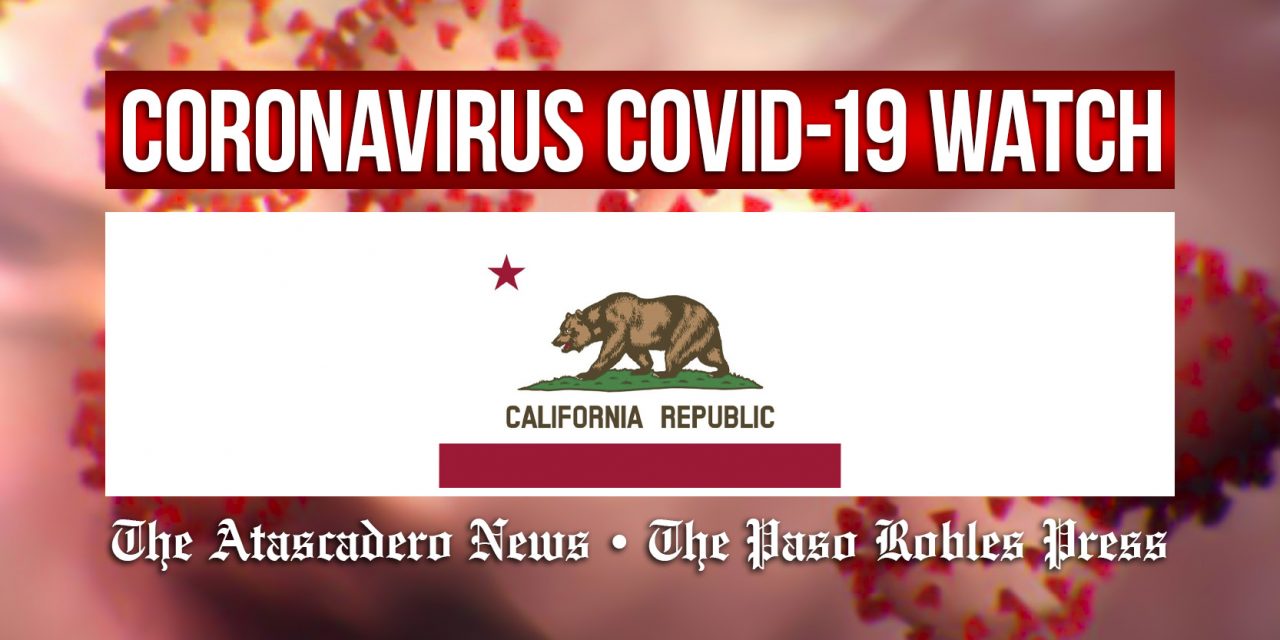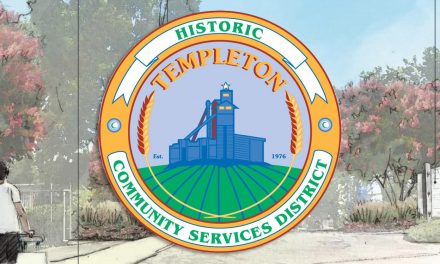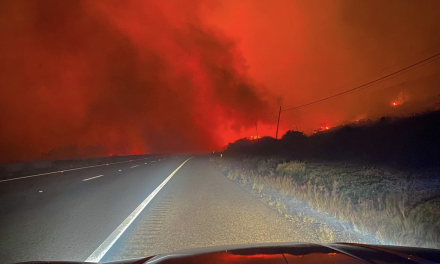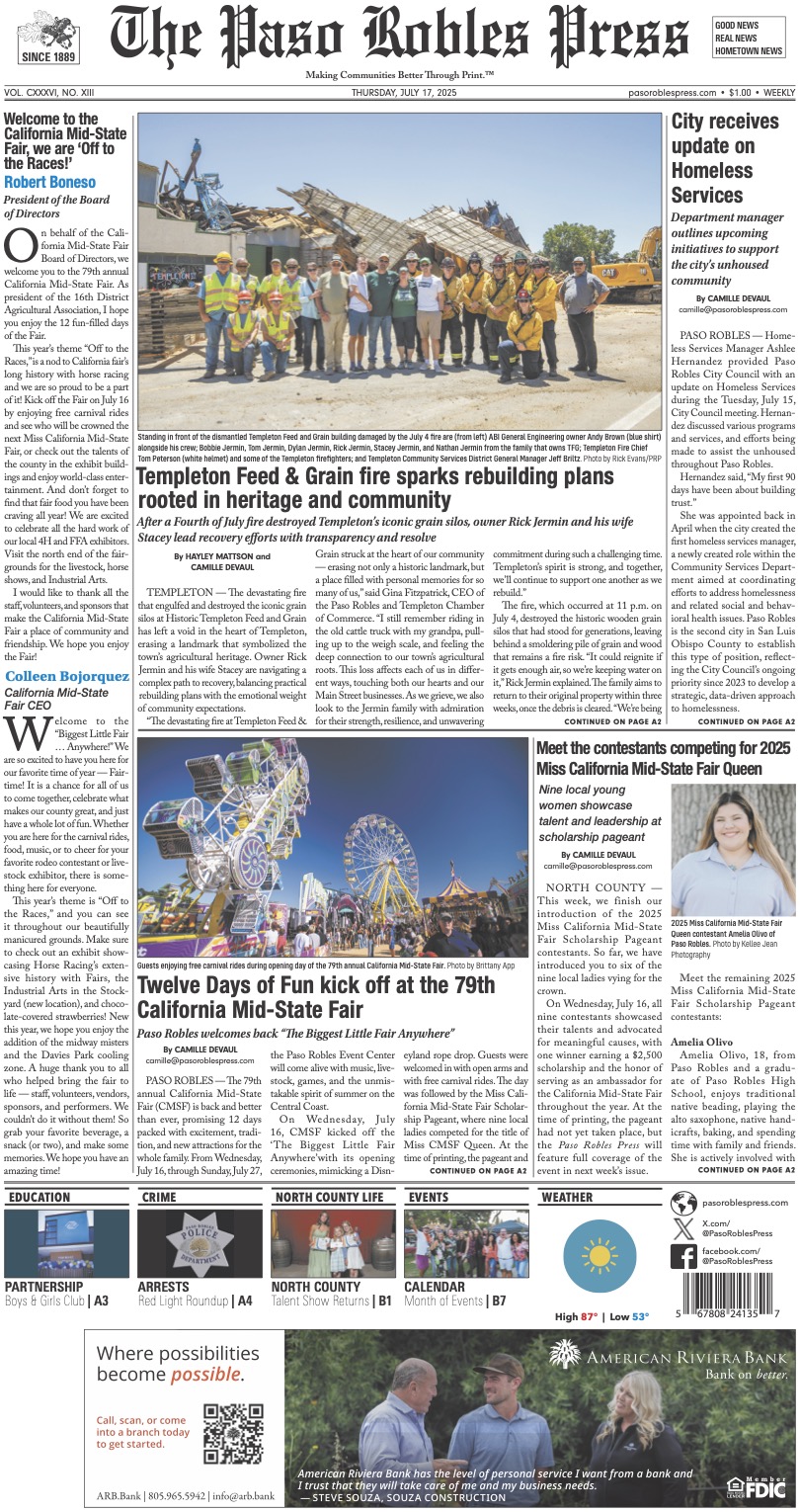Southern California Region, includes SLO County, expected to hit trigger in next week
SACRAMENTO — Gov. Gavin Newsom issued a new regional stay-at-home order Thursday due to the COVID-19 surge.
There are five regions — Northern California, Greater Sacramento, Bay Area, San Joaquin Valley and Southern California, including San Luis Obispo County.
Newsom said he was “pulling an emergency brake,” announcing the “regional” stay-at-home order in California based on a region’s available intensive care unit capacity.
“The bottom line is if we don’t act now, our hospital system will be overwhelmed,” Newsom said. “If we don’t act now, we’ll continue to see the death rate climb (and) more lives lost.”
The governor’s announcement comes as record-breaking figures followed Newsom’s statement Monday that the state was considering the possibility of a stay-at-home order in purple-tier counties. Currently, 51 of the state’s 58 counties are in this tier, including San Luis Obispo County.
The new stay-at-home orders are by regional hospital networks, rather than individual counties, and are set to take effect only when the available ICU capacity in a region drops below 15%.
Newsom said four out of five of these regions are projected to fall below 15% ICU capacity in the next couple of days, including Southern California. The fifth region, the Bay Area, is on track to meet that threshold by the middle of the month.
The regional stay-at-home order, announced Dec. 3, will go into effect within 24 hours in regions with less than 15% ICU availability. It prohibits private gatherings of any size. All non-essential travel is now restricted statewide, the governor said Thursday.
If implemented, essential businesses such as grocery stores must operate at 20% capacity; bars, wineries, salons and restaurant dining have to shut down; and hotels can only be open for critical infrastructure support.
The order will remain in effect for at least three weeks and, after that period, will be lifted when a region’s projected ICU capacity meets or exceeds 15%. This will be assessed weekly after the initial three-week period.
Schools can remain open if they’ve received a waiver. Restaurants can continue take-out and delivery services, Newsom said.
The state released a map of five regions and their current ICU capacity and projected dates when regions would fall below the 15 percent threshold. The regions are:
• Northern California: Del Norte, Glenn, Humboldt, Lake, Lassen, Mendocino, Modoc, Shasta, Siskiyou, Tehama, Trinity
• Bay Area: Alameda, Contra Costa, Marin, Monterey, Napa, San Francisco, San Mateo, Santa Clara, Santa Cruz, Solano, Sonoma
• Greater Sacramento: Alpine, Amador, Butte, Colusa, El Dorado, Nevada, Placer, Plumas, Sacramento, Sierra, Sutter, Yolo, Yuba
• San Joaquin Valley: Calaveras, Fresno, Kern, Kings, Madera, Mariposa, Merced, San Benito, San Joaquin, Stanislaus, Tulare, Tuolumne
• Southern California: Imperial, Inyo, Los Angeles, Mono, Orange, Riverside, San Bernardino, San Diego, San Luis Obispo, Santa Barbara, Ventura
Newsom said the state will “redirect dollars” if counties defy orders and don’t enforce protocols, instead giving them to “more deserving” counties.
On Wednesday, the state’s Covid-19 dashboard indicated that 20,759 new cases had been reported over the past 24 hours. That’s nearly 2,500 more cases than the previous high of 18,350. Even worse, as testing numbers have generally trended upward, the state’s test positivity rate has still skyrocketed.
On Thursday, California reported 18,951 new cases. That’s second only to Wednesday’s number and marks the third time in 10 days the state has breached the previously unimaginable 18,000 daily new cases mark. The seven-day average of cases is 15,121.
The state’s 14-day average test positivity rate was 7.0% on Thursday. That’s up 1.8% in the past week alone. The state as a whole had only 1,731 out of 7,662 ICU beds available on Thursday.
San Luis Obispo County Public Health Officials reported 81 new COVID-19 cases on Thursday, bringing its overall total to 6,459, with 5,630 having fully recovered. Hospitalizations dropped by two from the previous day to 11, including one in intensive care. There have been 38 deaths in SLO County due to COVID-19 since March.
















